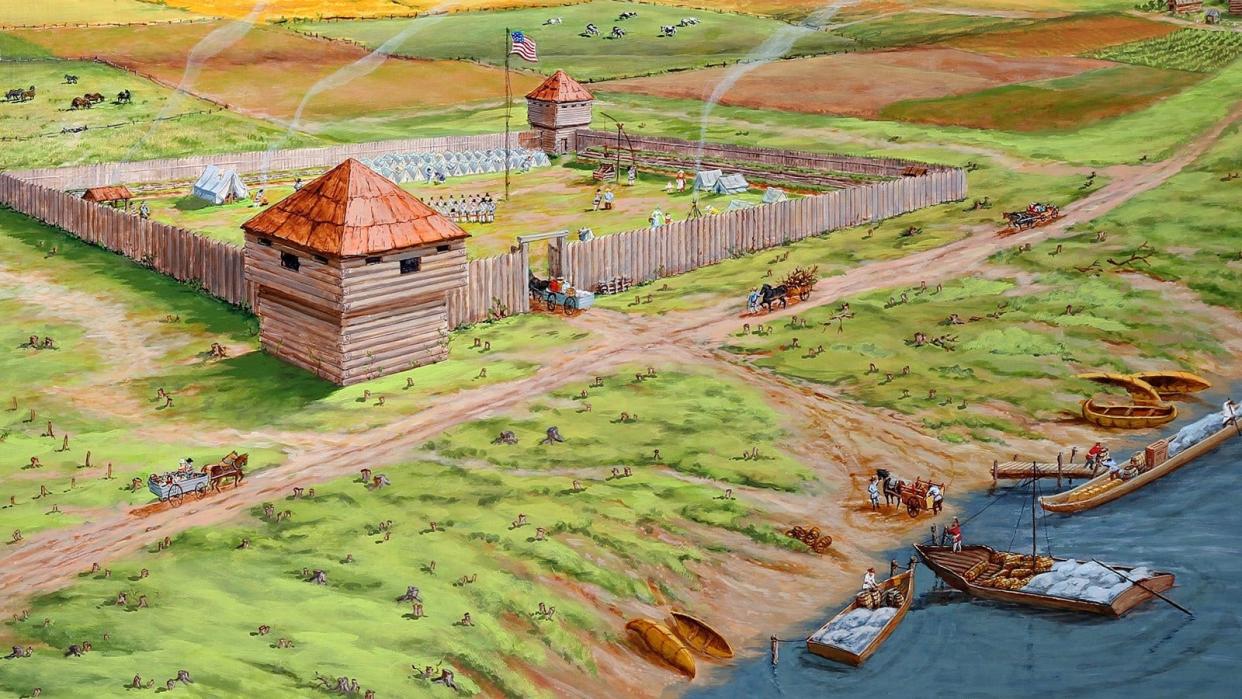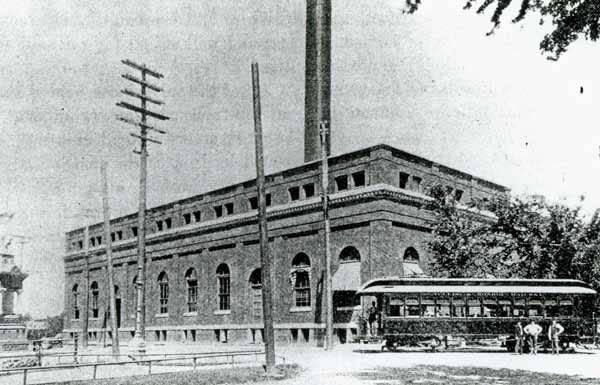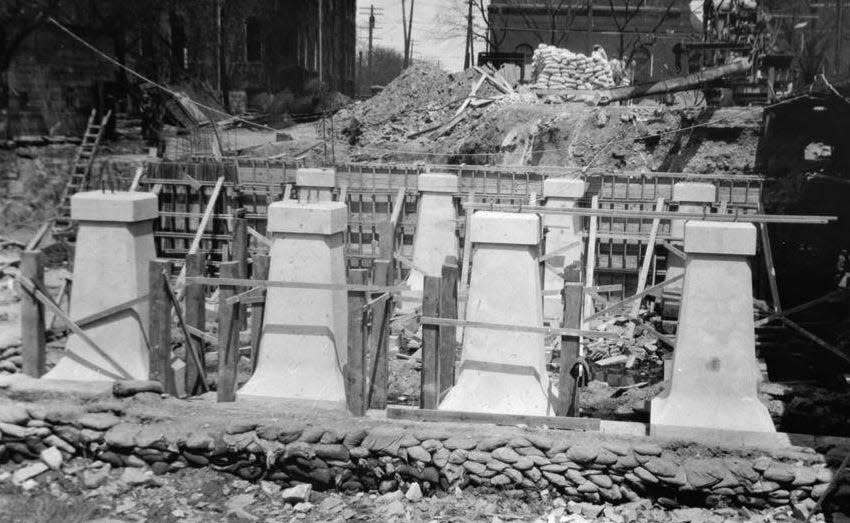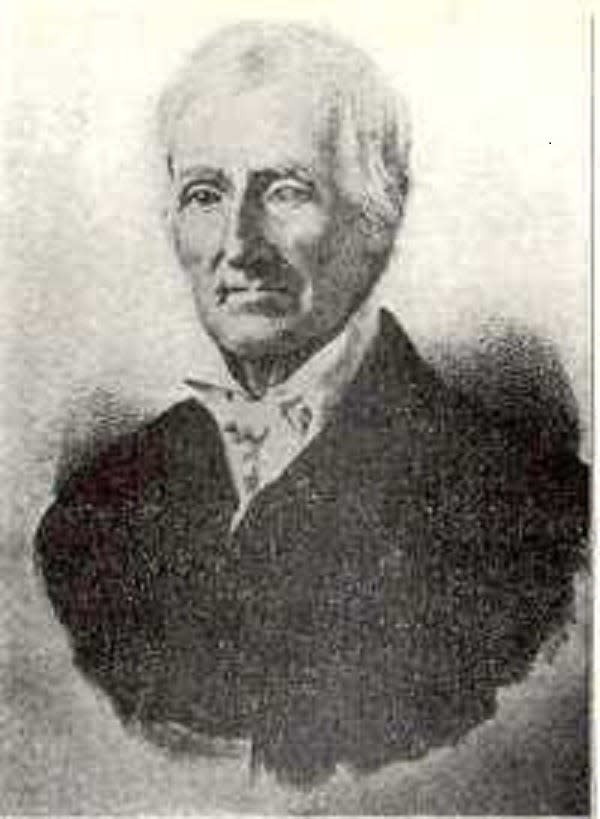Monroe County history: The Wayne Stockade once stood at East Elm and North Monroe Street





A recent review of the historical markers listing for Monroe County shows over 80 markers assigned to significant historical topics that took place or had their origins in our area.
One of the most interesting is the Wayne Stockade, located at the northeast corner of East Elm Avenue and North Monroe Street in Monroe. It is one of the most heavily-traveled thoroughfares in the area and also one that defines the earliest history of Monroe and the region as a whole.
According to information provided by the National Parks Service, the Wayne Stockade was originally built in 1805 as a southern point of defense and logistics for U.S. troops based in Detroit. The logistics of the outpost – located adjacent to the River Raisin and near what became Hull’s Trace – made strategic sense. It provided both land and water access to provide important munitions and other supplies to troops fighting the British.
In early August 1812, Captain Henry Brush, who led troops supporting General William Hull (based in Detroit at the time), was asked by Ohio Governor Return Jonathan Meigs (based in Marietta, as Ohio’s centers of government had not migrated to Columbus yet – this would happen in 1816) to take provisions north to support Hull’s position in the Michigan territory. This required building a new corduroy road – as the existing one had become nearly impassable – and the moving of supplies along this route.
The provisions were available in Urbana, Ohio (located west of Columbus) for transport. Brush was asked to lead nearly 70 volunteers from Ross County, Ohio (whose county seat was Chillicothe – Ohio’s capital at the time) to pick up the supplies. At Urbana, Brush and his troops were joined by over 200 additional troops and made the journey to the Wayne Stockade.
Before reaching the River Raisin, Brush sent word to General Hull that the caravan’s progress should be protected, as reports of British soldiers and a Confederate group of Shawnee Indians (commanded by Tecumseh) were in the area. Hull dispatched Major Thomas Van Horne to move south from Detroit to meet Brush and his troops. However, Van Horne fought with the British and Indians in what became known as the Battle of Brownstown before reaching Brush and his troops.
A subsequent attempt by Hull to send additional troop reinforcement to Brush and his troops (nearly 600 men led by Colonel James Miller) were met by almost 1,000 British and Indians in what would be known as the Battle of Maguaga. In this battle, Tecumseh and British Major Adam Charles Muir were reported to be wounded. Miller’s intent was to push south to rescue Brush and his troops, but he and his men were ordered back to Detroit by General Hull, as Hull made the decision to surrender on August 16, 1812.
Even though Brush and his troops eventually reached the Wayne Stockade (considered Frenchtown), they did not stay – believing that General Hull’s surrender was not authentic. At this point, Brush and his men returned to Ohio with as many provisions as they could muster.
The Wayne Stockade was burned by the British prior to the Battle of Frenchtown (January 22, 1813). Later the land was purchased by Charles Noble, who served on the Michigan Legislative Council from 1825-1826. Noble was also the president of the Michigan Southern Railroad and was appointed by President Zachary Taylor Surveyor-General of the Michigan, Ohio, Indiana district from 1849-1853. Noble built a house on the land.
During the Interurban era, the large powerhouse that provided electricity to the trolley lines was built there. The jog created for traffic at the corner is still evident today.
Tom Adamich is President – Visiting Librarian Service, a firm he has operated since 1993. He also is Project Archivist for the Greening Nursery Company and Family Archives.
This article originally appeared on The Monroe News: History of the Wayne Stockade in Monroe County

